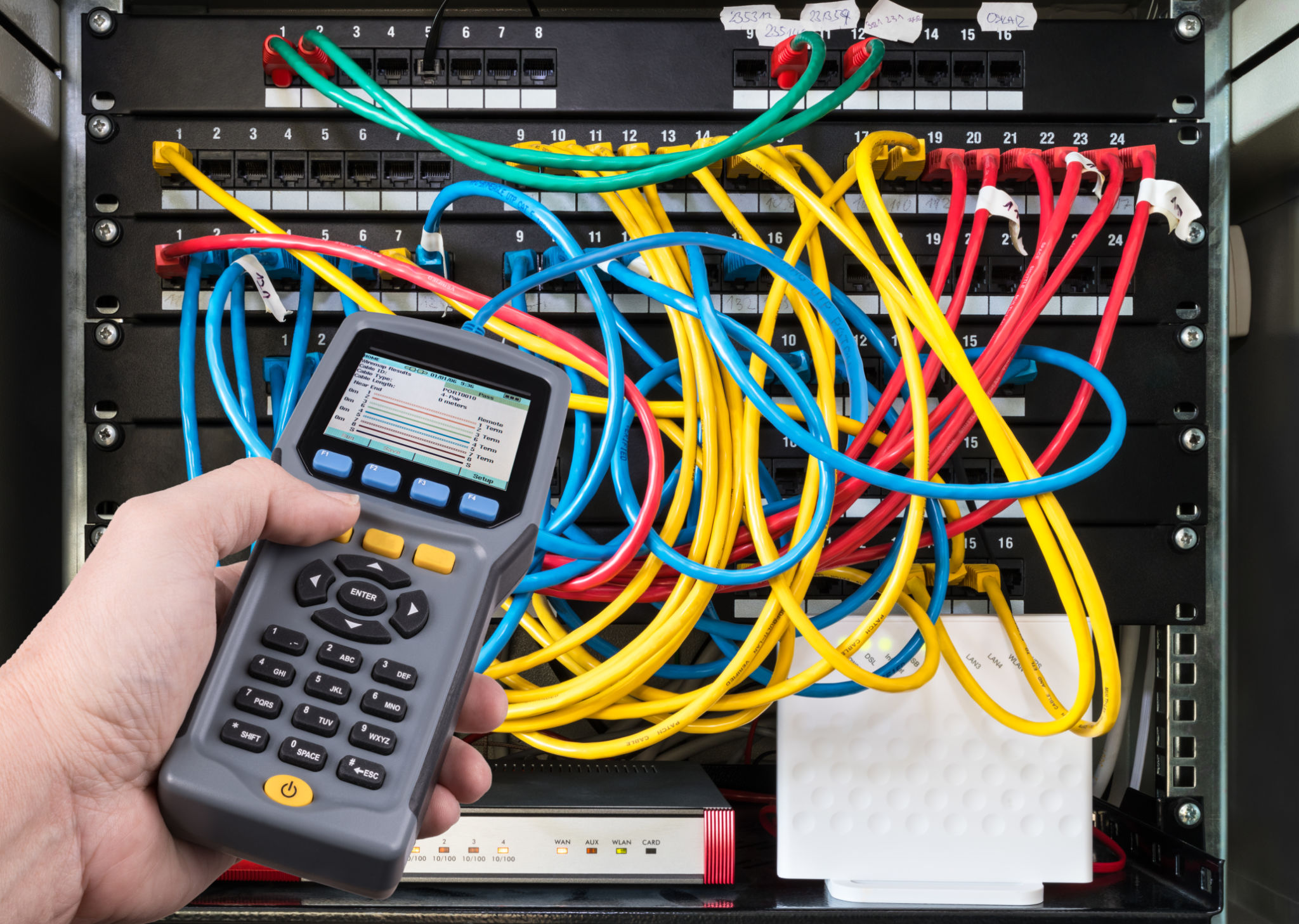Myths About Structured Cabling Busted: What You Need to Know
Understanding Structured Cabling
Structured cabling is a comprehensive system of cables and associated hardware that provides a reliable infrastructure for various communication purposes. Despite its importance, many myths surround structured cabling, leading to misconceptions. In this blog post, we aim to debunk these myths and shed light on what structured cabling truly entails.

Myth 1: Wireless Solutions Make Cabling Obsolete
A common myth is that wireless technology will soon replace the need for structured cabling. However, this is far from the truth. While wireless solutions are incredibly convenient, they rely heavily on a robust wired infrastructure to function effectively. Structured cabling provides the backbone that supports wireless access points, ensuring high-speed connectivity and reliability.
Moreover, wired connections are essential for high-bandwidth applications, such as data centers and enterprise networks, where speed and stability are crucial. Therefore, structured cabling remains a vital component of any modern communication network.
Myth 2: All Cables Are the Same
Another widespread misconception is that all cables are identical in function and quality. In reality, cables come in various types, each designed for specific purposes. For instance, Cat5e, Cat6, and Cat6a cables have different performance capabilities. Choosing the right cable depends on the required data transfer speed and network setup.
Moreover, high-quality cables ensure better performance and longevity of the network. Investing in premium materials and professional installation can save businesses from costly downtimes and maintenance in the long run.

Myth 3: Structured Cabling Is Too Expensive
Some businesses shy away from structured cabling due to perceived high costs. However, viewing this as a short-term expense rather than a long-term investment is a mistake. Structured cabling systems are designed to be scalable and flexible, accommodating future technological advancements without the need for complete overhauls.
Furthermore, a well-planned cabling infrastructure reduces maintenance costs by simplifying troubleshooting and minimizing network disruptions. Over time, these savings can outweigh the initial investment, making structured cabling an economically sound choice.
The Benefits of Structured Cabling
Structured cabling offers numerous benefits that debunk the myths surrounding it. Here are some key advantages:
- Scalability: Easily accommodates new devices and technologies.
- Reduced Complexity: Streamlines troubleshooting and maintenance processes.
- Reliability: Provides a stable and fast network infrastructure.
- Cost-Effectiveness: Long-term savings on upgrades and repairs.

The Importance of Professional Installation
To maximize the benefits of structured cabling, professional installation is crucial. Experts ensure that the cabling system is designed according to industry standards and specific business needs. They also conduct thorough testing to guarantee system performance and reliability.
Professional installers use best practices to avoid future complications, such as interference or signal loss. Partnering with experienced technicians ensures that your structured cabling infrastructure supports your business operations seamlessly.
Conclusion
The myths about structured cabling can lead to misunderstandings about its role in modern networks. By debunking these misconceptions, businesses can make informed decisions about their network infrastructure. Structured cabling remains an indispensable part of any robust communication system, providing reliability, flexibility, and cost-effectiveness. As technology continues to evolve, investing in a solid cabling foundation is more critical than ever.
